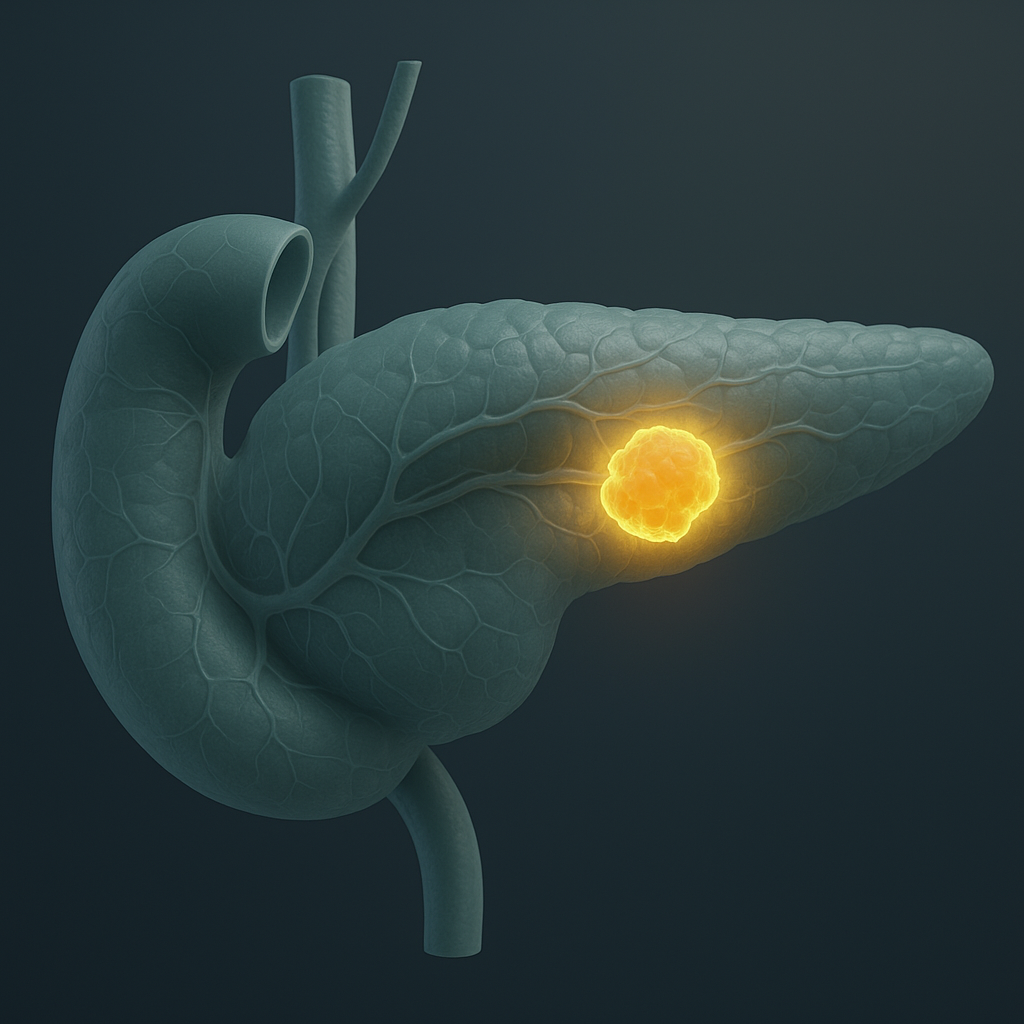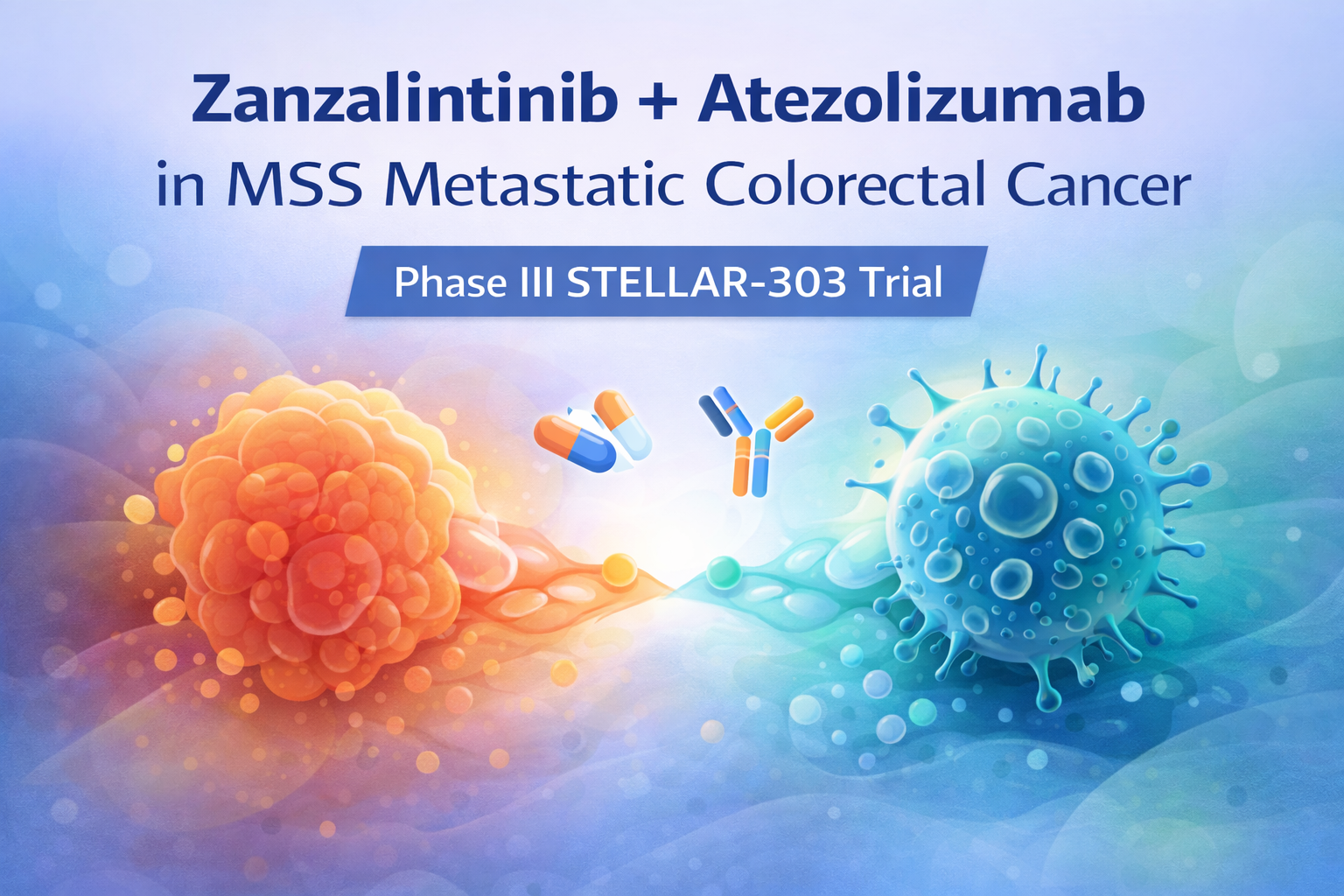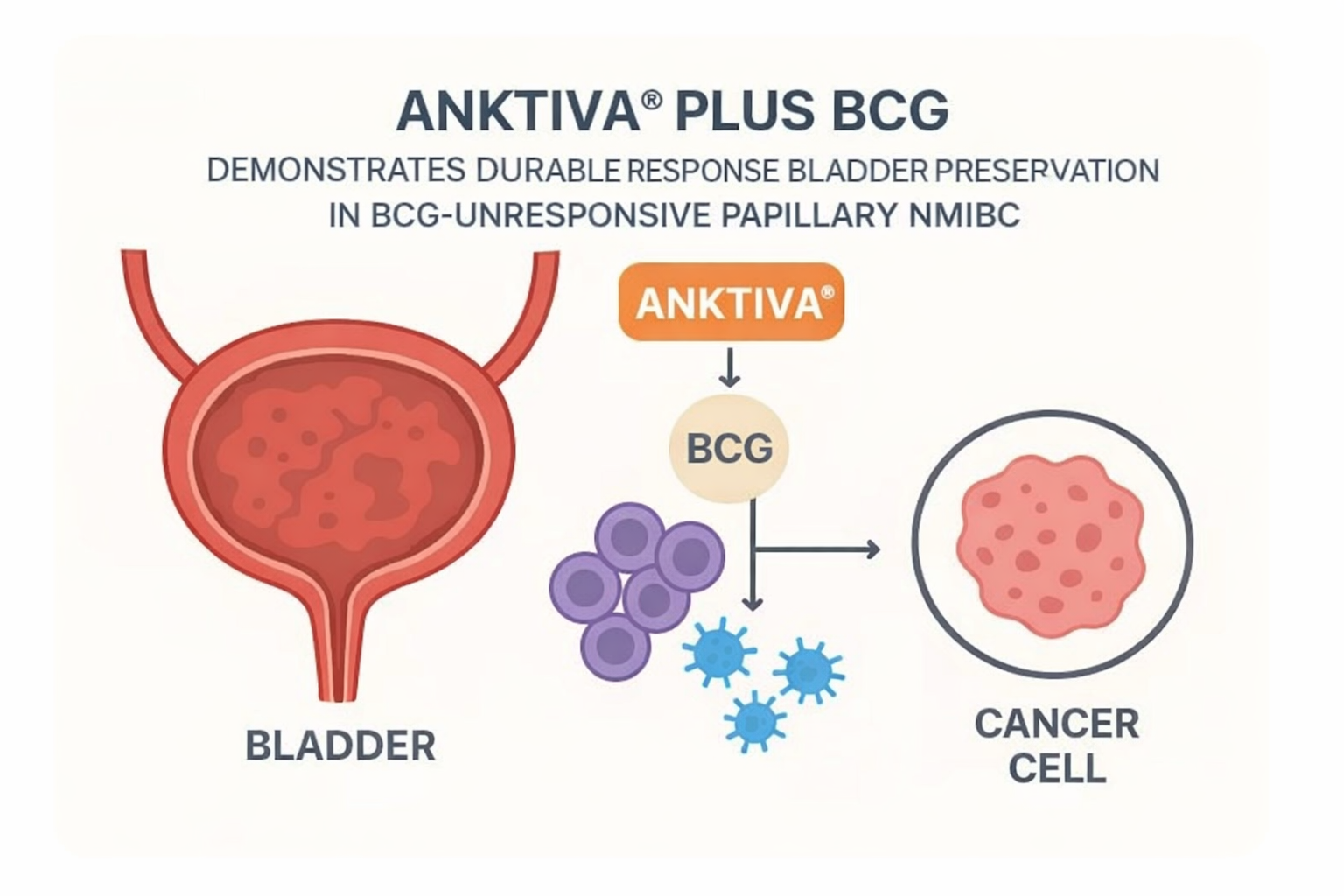

Direct KRAS inhibition in pancreatic ductal adenocarcinoma (PDAC) has transitioned from “undruggable” to clinically viable, with KRASG12D inhibitors MRTX1133 and RMC-9805 showing promising preclinical activity and KRASG12C inhibitors achieving 21-33% response rates with superior safety profiles compared to standard chemotherapy. Combination strategies targeting upstream regulators (SHP2/SOS1) and downstream pathways (MEK/PI3K) are essential to overcome inevitable resistance mechanisms.

Review Scope & Methods
- Comprehensive analysis of KRAS signaling pathways, mutation patterns, and therapeutic targeting in PDAC
- Coverage of clinical trials for mutation-specific inhibitors (sotorasib, adagrasib, MRTX1133, RMC-9805)
- Evaluation of pan-KRAS and pan-RAS inhibitors (BI-2865, RMC-6236, RMC-7977)
- Assessment of resistance mechanisms and combination therapy strategies
- Review of immunotherapy approaches including vaccines and adoptive T-cell therapy
Key Findings
- KRAS mutations drive >90% of PDAC cases: G12D (40%), G12V (29%), G12R (15%), G12C (~1%)
- Clinical efficacy demonstrated: KRASG12C inhibitors show 21-33% response rates with 4-8.5 month overall survival
- Superior safety profile: Grade 3-4 adverse events in only 10-27% vs 38-73% with standard chemotherapy
- Resistance mechanisms identified: Secondary mutations, RTK amplification, EMT, and metabolic adaptations
- Combination strategies show promise: SHP2/SOS1 inhibitors, MEK/PI3K inhibitors, and immunotherapy enhance efficacy
Clinical Implications
- KRASG12C inhibitors may warrant advancement to second-line treatment pending FDA approval for PDAC
- Mutation-specific testing becomes critical for treatment selection as G12D-targeted agents advance
- Combination approaches are necessary from treatment initiation given rapid resistance development
- Biomarker-guided trials should stratify patients by KRAS variant, co-mutations, and tumor microenvironment profiles
Evidence Quality
- Strong preclinical data supports clinical translation of multiple KRAS inhibitors
- Limited clinical datasets require larger studies to definitively compare with standard-of-care
- Resistance mechanisms well-characterized but optimal combination strategies still emerging
- Long-term durability data needed to establish place in treatment algorithms
Source: https://www.cancerbiomed.org/content/early/2025/07/07/j.issn.2095-3941.2025.0122



